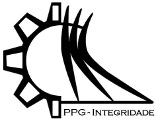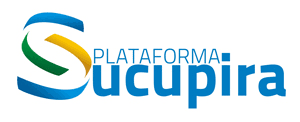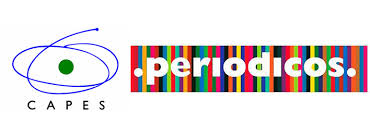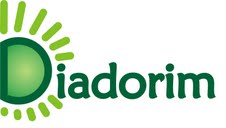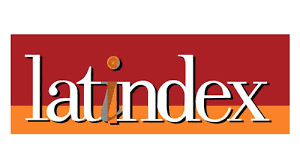UM ESTUDO COMPARATIVO ANALÍTICO-NUMÉRICO DO COMPORTAMENTO DE UMA PLACA DE PONTE EM GRELHA SOB AÇÃO DE UM TREM TIPO NORMALIZADO
DOI:
https://doi.org/10.26512/ripe.v2i24.21018Keywords:
Elementos finitos. Solução de Navier. Cálculo Analítico e Numérico em Placas. Superposição de efeitos. Trem Tipo.Abstract
O avanço da tecnologia e dos recursos computacionais tem oferecido aos engenheiros uma imensa variedade de programas para o cálculo estrutural, que facilita a análise e o dimensionamento de estruturas, contudo muito dos usuários desconhecem a rotina de cálculo realizada por esses programas e/ou não possuem a sensibilidade, experiência e formação adequada para avaliar os resultados obtidos. Em conseqüência, soluções analíticas balizadoras do comportamento do fenômeno em questão são de fundamental importância no processo preliminar de avaliação e critica dos resultados. Neste artigo é feito o estudo analítico e numérico de um tramo (zona) de uma laje de ponte submetida a um carregamento estático que simula a ação um trem tipo regulamentado e recomendado no projeto de pontes. O tramo de laje é modelado como uma placa delgada apoiada em transversinas e/ou longarinas, inicialmente indeformáveis e não solidárias a laje, e submetida a carregamentos parcialmente distribuídos, que simulam as rodas do trem tipo. Para a placa são assumidas as hipóteses da Teoria de Kirchhoff-Love. A análise do caso é feita numericamente pelo Método dos Elementos Finitos, e analiticamente, pela solução de Navier. O software SAP2000 será utiliza para análise do caso via Elementos Finitos. Quanto ao Método analítico de Navier, que representa uma aplicação específica da solução clássica de placas delgadas em dupla série trigonométrica, será associado ao principio da superposição, onde a solução de uma carga concentrada será estendida ao caso da inclusão das rodas e eixos do trem tipo. São comparadas analítica e numericamente as repostas obtidas para a deflexão e os esforços internos da placa devido a ação de um trem tipo normalizado.
References
BAKER, E. H., Finite Element ”“ Computational Engineering Sciences, , John Wiley & Sons, Ltd., New Jersey, 2012.
BAKER, E. H., et al, Structural Analysis of Shells, McGraw-Hill, New York, London, 1972.
BATHE, K. Finite Element Procedures in Engineering Analysis, Prentice-Hall, Inc., New Jersey, 1982.
COOK, R., et al, Concepts and Applications of Finite Element Analysis, John Wiley & Sons, Inc., New Jersey, 2002.
FLUGGE, W., Stresses in Shells, Springer-Verlag, Berlin, 1973
HUGHES, T. The Finite Element Method, Prentice-Hall, Inc., New Jersey, 1987.
KWON, Y., BANG, H., The Finite Element Method using MATLAB, CRC Press LLC, New York, 1997.
RAO, S. The Finite Element Method in Engineering, Butterworth-Heinnemann., Oxford, 2011.
REDDY, J. N., Theory and Analysis of Elastic Plates, Taylor and Francis, London, 1999.
SZILARD, R., Theories and Application of Plate Analysis, John Wiley & Sons, Inc., New Jersey, 2004.
TIMOSHENKO, S., WOINOWSKY-KRIEGER, S., Theory of Plates and Shells, 2nd ed., McGraw-Hill Book Company, New York, 1959.
UGURAL, A., Stresses in Beams, Plates and Shells, McGraw-Hill Book Company, New York, 1999.
Downloads
Published
Issue
Section
License
Given the public access policy of the journal, the use of the published texts is free, with the obligation of recognizing the original authorship and the first publication in this journal. The authors of the published contributions are entirely and exclusively responsible for their contents.
1. The authors authorize the publication of the article in this journal.
2. The authors guarantee that the contribution is original, and take full responsibility for its content in case of impugnation by third parties.
3. The authors guarantee that the contribution is not under evaluation in another journal.
4. The authors keep the copyright and convey to the journal the right of first publication, the work being licensed under a Creative Commons Attribution License-BY.
5. The authors are allowed and stimulated to publicize and distribute their work on-line after the publication in the journal.
6. The authors of the approved works authorize the journal to distribute their content, after publication, for reproduction in content indexes, virtual libraries and similars.
7. The editors reserve the right to make adjustments to the text and to adequate the article to the editorial rules of the journal.


